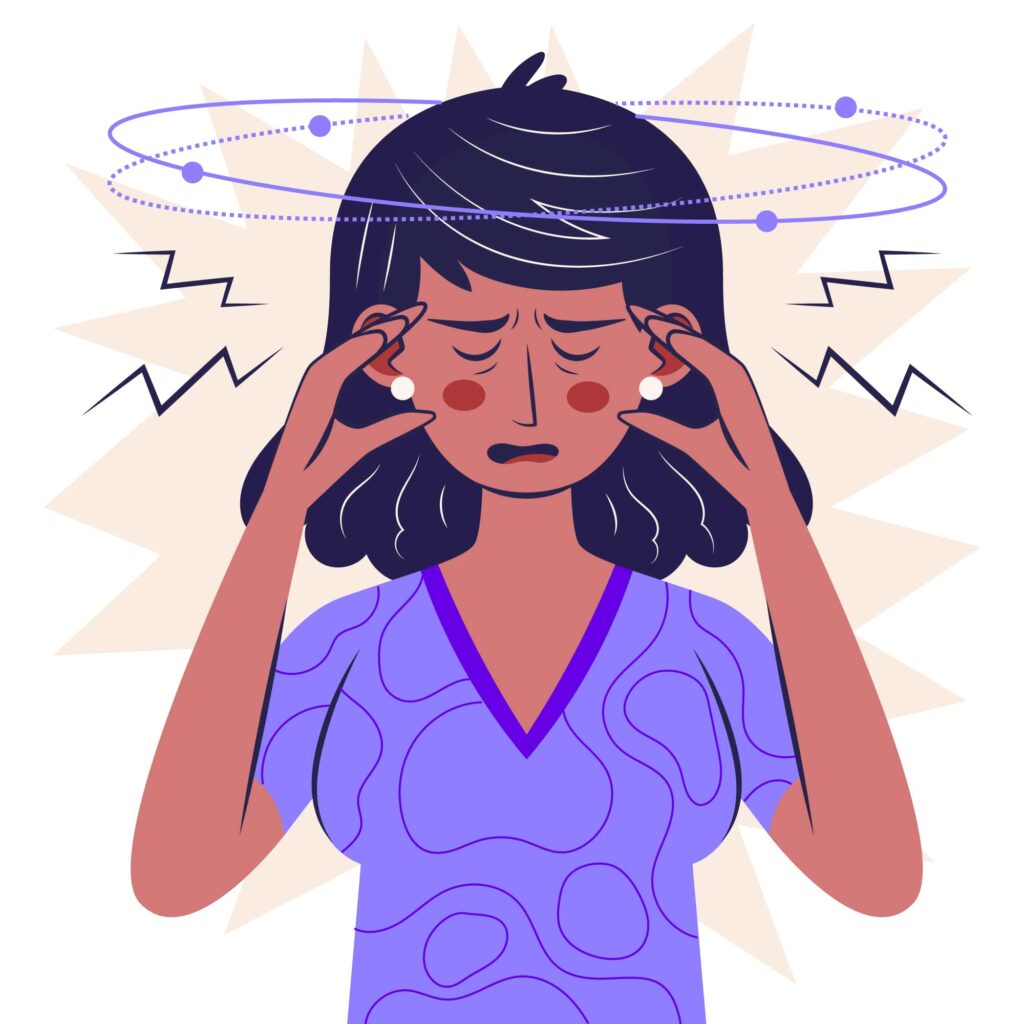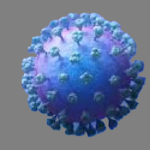Migraine: Causes, Symptoms, and Effective Preventive Measures
Migraines are a debilitating form of headache that affect millions of individuals worldwide. These severe headaches are often accompanied by a host of other distressing symptoms, one of which is vomiting. The relationship between migraine and vomiting can be complex, but it is essential for both patients and caregivers to understand these intricacies for effective management. In this blog post, we will delve into the connection between migraines and vomiting, explore the underlying mechanisms, and discuss preventive measures to mitigate these harrowing experiences.
What is a Migraine?
Intense, pulsing headaches that can linger for hours or days are the hallmark of migraines. Although the discomfort can spread, it is usually limited to one side of the head.
Common symptoms associated with migraines include:
– Sensitivity to light and sound
– Nausea
– Vomiting
– Aura (visual disturbances that may arise before to headache)
Research indicates that migraines are neurovascular disorders, where changes in blood flow and neural activity contribute to the experience of pain. Various triggers, from hormonal fluctuations to environmental factors, can precipitate an episode, intensifying the already throbbing discomfort.
The Link Between Migraines and Vomiting
Vomiting is more than just a discomforting side effect for those who suffer from migraines; it can significantly impair the quality of life. Approximately one-third of individuals with it experience nausea, and among these, many may also vomit. This might be due to the instability of the central nervous system.
Mechanisms Behind Vomiting
-
Neurological Factors
During a migraine episode, the brain releases various neurotransmitters, including serotonin and neuropeptides, which can impact gastrointestinal (GI) function. These changes may cause dysmotility and increased sensitivity in the gastrointestinal tract, which may result in nausea and vomiting.
-
Vestibular System
The vestibular system, which helps manage balance and spatial orientation, can be disrupted during migraine attacks, particularly in individuals with vestibular migraines. This disruption may manifest as vertigo and contribute to feelings of nausea.
-
Systemic Effects
The body’s response to pain also plays a role. The stress and anxiety that accompany intense pain can persuade the body to enter a state of fight-or-flight, which often results in gastrointestinal distress.
-
Inflammatory Process
Inflammatory chemicals that are released during a migraine attack can further irritate the gastrointestinal tract. Both nausea and vomiting may worsen as a result of this inflammatory reaction.

Management Strategies for Migraines and Associated Vomiting
A diversified strategy is needed to treat migraines and the symptoms they cause. Implementing proper management strategies can significantly improve quality of life for those affected. Here are several preventive measures and strategies to consider:
1.Medication Management
Abortive Treatments
Medications such as triptans and nonsteroidal anti-inflammatory drugs (NSAIDs) are commonly used to alleviate migraine symptoms when they occur. These can also reduce nausea.
Preventive Medications
For frequent sufferers, preventive medications such as beta-blockers, antidepressants, or anti-seizure drugs may be prescribed to help minimize the frequency and severity of attacks.
Antiemetic Medications
Over-the-counter and prescription medications designed to alleviate nausea, such as ondansetron or metoclopramide, can be effective in controlling vomiting associated with migraines.
2.Lifestyle Modifications
Dietary Changes
Identifying and avoiding food triggers (e.g., aged cheeses, red wine, or processed meats) can significantly reduce the frequency of migraine attacks.
Hydration
Dehydration can trigger migraines, therefore maintaining appropriate fluid intake is vital. Depending on their degree of activity, people should strive for at least eight glasses of water each day.
Sleep Hygiene
Regular sleep patterns contribute significantly to overall health. Create a consistent wake-up and sleep pattern, aiming for 7 to 9 hours of excellent sleep per night.
Stress Management
Techniques such as mindfulness, yoga, and regular physical activity can help mitigate stress, a common migraine trigger.
3.Alternative Therapies
Cognitive Behavioral Therapy (CBT)
This therapeutic approach can provide strategies for coping with the emotional and psychological aspects of chronic migraines, ultimately reducing their frequency.
Acupuncture
Some studies suggest that acupuncture can be an effective adjunctive therapy for migraine management.
Biofeedback
Learning how to control certain bodily functions through biofeedback can help reduce the frequency and severity of migraine attacks.
4.Tracking Symptoms
Maintaining a migraine diary to track the frequency, duration, and severity of attacks, alongside accompanying symptoms like nausea and vomiting, can be crucial in identifying triggers and monitoring treatment efficacy.
Conclusion
Migraine-associated vomiting can exacerbate the burden of this already painful condition, making effective management all the more critical. To create a thorough treatment strategy, it is crucial to comprehend the intricate connection between headaches, nausea, and vomiting. By employing a combination of medical interventions, lifestyle modifications, and alternative therapies, individuals can significantly reduce the frequency and intensity of their migraine attacks, enhancing their overall quality of life.
If you are unsure about your symptoms or are considering any lifestyle or medication changes, consult your healthcare provider for personalized advice and treatment options.
Suggestions for Readers
Amazon.com
- Migraine Relief Cap, Migraine Headache Relief Cap Hat Mask Products, Cooling Gel Hat Head Wrap for Migraine, Tension, Stress & Puffy Eyes,Natural Relief Cap for Instant Headache Relief
- RENPHO Eye Massager, Christmas Birthday Gifts for Women Men
- Migrastil Migraine Stick Rollon – Fast Cooling Comfort for Your Head. Aromatherapy with Peppermint & Other Essential Oils
- Excedrin Migraine Relief Caplets to Alleviate Migraine Symptoms – 200 Count
Amazon.in
- Careforce Migraine Relief Cap for Migraines, Headaches, Sinuses, Tension Relief Headache Relief Cap for Men & Women
- Herb Tantra Migraine Go Roll On For Relief From Migraine & General Head Aches
- PURETIVE Headache Relief Roll-On | Fast Migraine Relief | Sinus & Headache Therapy
- VEDALAY HOUSE OF AYURVEDA Gomygraine Ayurvedic Medicine For Migraine And Headache Relief (Pack of 3-30 Days)










